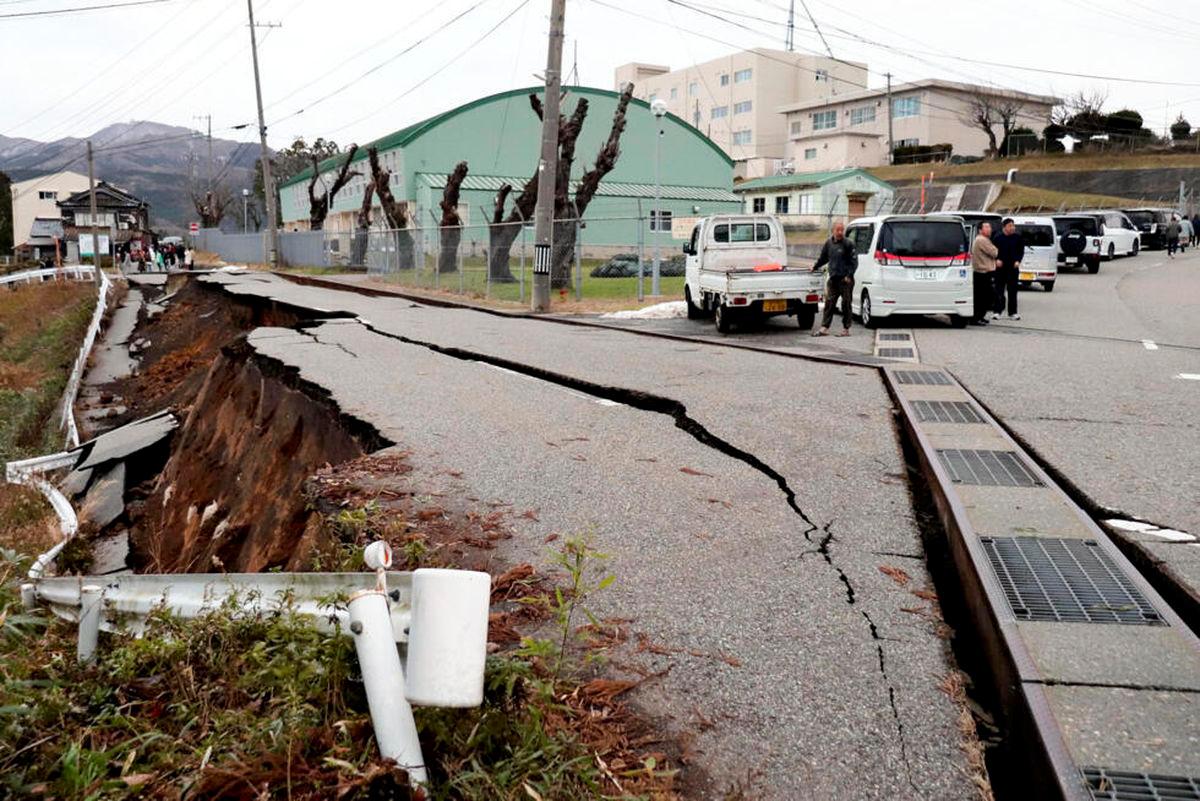TOKYO: A remote island chain in southern Japan has been rattled by more than 470 earthquakes since Saturday, the national weather agency said on Thursday, calling for residents to stay alert.
No major damage has been reported from the series of quakes with a strength of at least one -- slightly perceptible to people seated quietly indoors -- on Japan’s seven-point seismic intensity scale.
As of Thursday morning, 474 such earthquakes had been observed around the Tokara island chain, south of Kyushu, the Japan Meteorological Agency (JMA) said.
“Seismic activity has increased. As this region has experienced extended periods of earthquake activity in the past, please be vigilant against earthquakes that cause strong shaking,“ it said in a statement.
The largest tremors recorded since Saturday were two magnitude-5.1 quakes, one on Sunday and one on Tuesday.
They had a seismic intensity of four on the Japanese scale -- described as an earthquake in which “most people are startled”, dishes rattle and “hanging objects such as lamps swing significantly”.
A similar period of seismic activity in the Tokara area was seen in September 2023, when 346 earthquakes were recorded within 15 days, according to public broadcaster NHK.
Seven of the 12 remote Tokara Islands are inhabited, with around 700 residents in total.
The islands, some of which have active volcanoes, are reached by a ferry that runs twice weekly in good weather.
“An earthquake of up to magnitude-6 strength could take place, so please be vigilant,“ Hisayoshi Yokose, a marine volcanology specialist and associate professor at Kumamoto University, told NHK.
Japan is one of the world’s most seismically active countries, sitting on top of four major tectonic plates along the western edge of the Pacific “Ring of Fire”.
The archipelago, home to around 125 million people, experiences around 1,500 jolts every year and accounts for around 18 percent of the world’s earthquakes.
The vast majority are mild, although the damage they cause varies according to their location and the depth below the Earth’s surface at which they strike.
On New Year’s Day 2024, more than 400 people died after a massive earthquake hit the Noto Peninsula in central Japan, including “quake-linked” deaths as well as those killed directly in the disaster.
The January 1 quake and its aftershocks toppled buildings, caused fires and knocked out infrastructure at a time when families were celebrating the new year.









